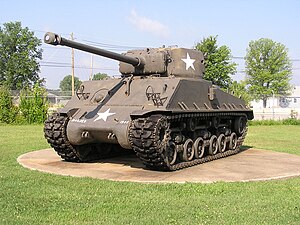Souvenir Sheet: Fairchild A10-A Thunderbolt II "Warthog" (Guyana 1998)
Fairchild A10-A Thunderbolt II "Warthog" (Guyana 1998)
01 November (Guyana ) within release Aircraft goes into circulation Souvenir Sheet Fairchild A10-A Thunderbolt II "Warthog" face value 300 Guyanese dollar
| Souvenir Sheet Fairchild A10-A Thunderbolt II "Warthog" in catalogues | |
|---|---|
| Michel: | Mi: GY BL570 |
Souvenir Sheet is square format.
Also in the issue Aircraft:
- Stamp - Aerospatiale HH-65A Dolphin face value 300;
- Stamp - Fairchild A10-A Thunderbolt II "Warthog" face value 300;
- Souvenir Sheet - Fairchild A10-A Thunderbolt II "Warthog" face value 300;
- Souvenir Sheet - Aerospatiale HH-65A Dolphin face value 300;
Souvenir Sheet Fairchild A10-A Thunderbolt II "Warthog" it reflects the thematic directions:
An air force, also known in some countries as an aerospace force or air army, is in the broadest sense, the national military branch that primarily conducts aerial warfare. More specifically, it is the branch of a nation's armed services that is responsible for aerial warfare as distinct from an army, navy, or a marine corps. Typically, air forces are responsible for gaining control of the air, carrying out strategic and tactical bombing missions, and providing support to land and naval forces.
The term "air force" may also refer to a tactical air force or numbered air force, which is an operational formation either within a national air force or comprising several air components from allied nations. Air forces typically consist of a combination of fighters, bombers, helicopters, transport planes and other aircraft.
Many air forces are also responsible for operations of the military space, intercontinental ballistic missiles (ICBM), and communications equipment. Some air forces may command and control other air defence assets such as anti-aircraft artillery, surface-to-air missiles, or anti-ballistic missile warning networks and defensive systems. Some nations, principally Russia, the former Soviet Union and countries who modelled their militaries along Soviet lines, have or had an air defence force which is organizationally separate from their air force.
Peace-time/non-wartime activities of air forces may include air policing and air-sea rescue.
Air forces are not just composed of pilots, but also rely on a significant amount of support from other personnel to operate. Logistics, security, intelligence, special operations, cyber space support, maintenance, weapons loaders, and many other specialties are required by all air forces.
An aircraft (pl. aircraft) is a vehicle that is able to fly by gaining support from the air. It counters the force of gravity by using either static lift or the dynamic lift of an airfoil, or, in a few cases, direct downward thrust from its engines. Common examples of aircraft include airplanes, rotorcraft (including helicopters), airships (including blimps), gliders, paramotors, and hot air balloons.Part 1 (Definitions and Abbreviations) of Subchapter A of Chapter I of Title 14 of the U. S. Code of Federal Regulations states that aircraft "means a device that is used or intended to be used for flight in the air."
Aviation is the practical aspect or art of aeronautics, being the design, development, production, operation and use of aircraft, especially heavier than air aircraft. The word aviation was coined by French writer and former naval officer Gabriel La Landelle in 1863, from the verb avier (synonymous flying), itself derived from the Latin word avis ("bird") and the suffix -ation.
A tank is an armoured fighting vehicle intended as a primary offensive weapon in front-line ground combat. Tank designs are a balance of heavy firepower, strong armour, and battlefield mobility provided by tracks and a powerful engine; their main armament is often mounted within a turret. They are a mainstay of modern 20th and 21st century ground forces and a key part of combined arms combat.




